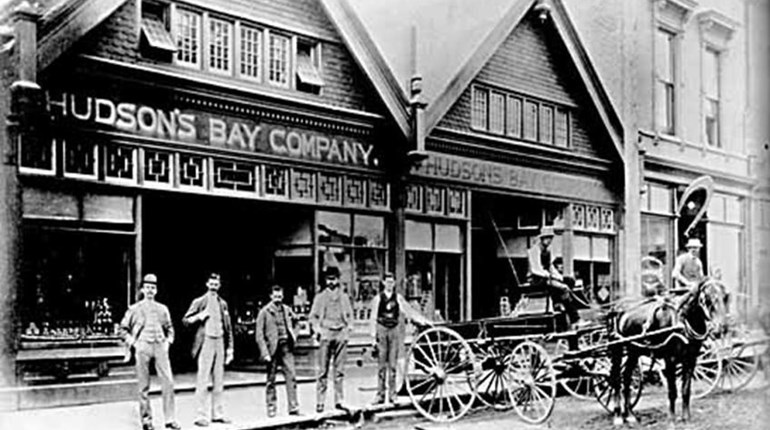
One of the youngest Adjutants General in the history of the state of Ohio, Gen. Ammon Critchfield became a Vice President of NRA in 1906. Notably, he had built an outstanding shooting program in the Ohio National Guard.

Largely through Gen. Critchfield's effort, the Ohio State Legislature in 1905 appropriated $25,000 toward the purchase and development of a state National Guard rifle range and camp. Critchfield found a level plain a mile long and mile deep along the southwestern shores of Lake Erie. It had ready access from rail lines and was less than 45 miles east of Toledo and just south of Put-in-Bay, the site of Commodore Perry's great triumph over the British in the War of 1812.
As level as a tabletop, the land was only lightly wooded. It would require almost no clearing and a minimum of grading. The Governor of Ohio had scarcely signed the appropriation bill before the Ohio State Rifle Association and the Ohio National Guard Association agreed to join in purchasing 30 additional acres as the site of a clubhouse.
Dissatisfaction with Sea Girt was growing both within the NRA and within the War Department. The 1906 program was a great success in terms of interest, but the facilities were swamped. With so many teams on the field for the National Matches, the Annual Matches of NRA were delayed and disrupted. The camping facilities, once the most modern of any military installation in the United States, had become dated and dangerously overcrowded. Either a new site had to be found for future Matches, or the NBPRP's National Matches had to be divorced from those of NRA.
There seemed to be two alternatives to separating the Matches. One was to transfer them to the Army's range being build at Fort Riley, KS. The War Department, including a strong element in the National Board for the Promotion of Rifle Practice, favored transfer to Kansas because the range was near the geographic center of the nation and would be most accessible from all points in the country. But to the still eastern-oriented NRA, this suggestion was not acceptable.
The range experts within NRA examined the range plans and branded them a monstrosity, poorly planned and badly executed. The second alternative was to transfer both Matches to the new installation that Critchfield was building on the shores of Lake Erie. Critchfield's plan called for the most modern facilities in running water, sewage and electric lights. Its spacious campgrounds, easy access from all eastern and mid-western cities, and the quality of range plans were major points in its favor. Critchfield promised to have 150 targets for known-distance shooting at 200, 600 and 800 yards; four revolver ranges and 50 skirmish targets installed by the summer of 1907.
NRA's Executive Committee, led by Critchfield and fellow Vice President James Drain, voted to transfer to Ohio. With the installation at Fort Riley still languishing, the NBPRP had little choice but to transfer the National Matches to Ohio. Just before the 1907 Matches began that August, the new installation was dedicated as Camp Perry, in honor of Commodore Perry, the hero of Lake Erie.

































